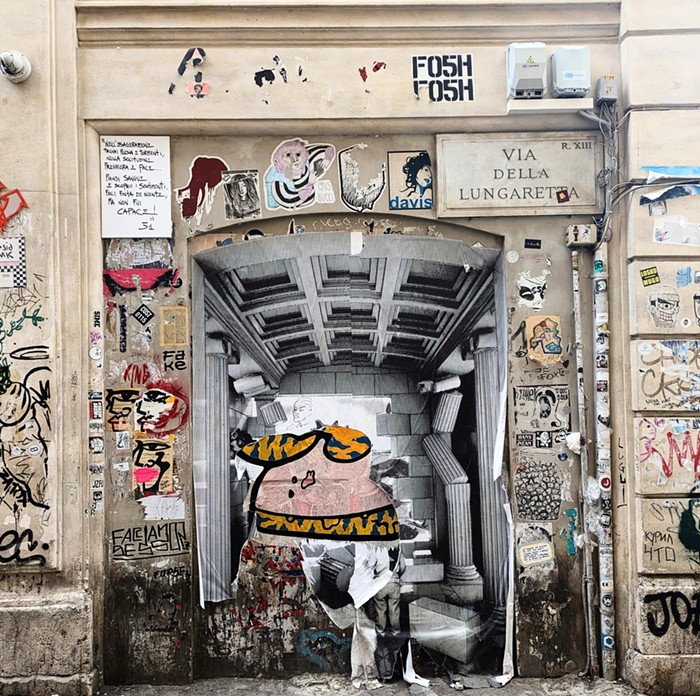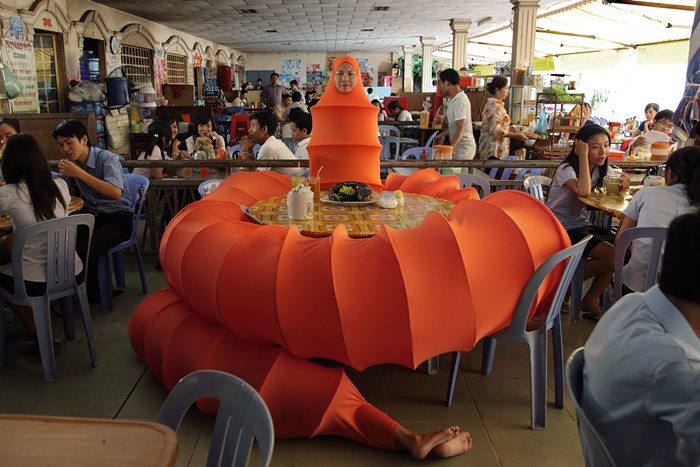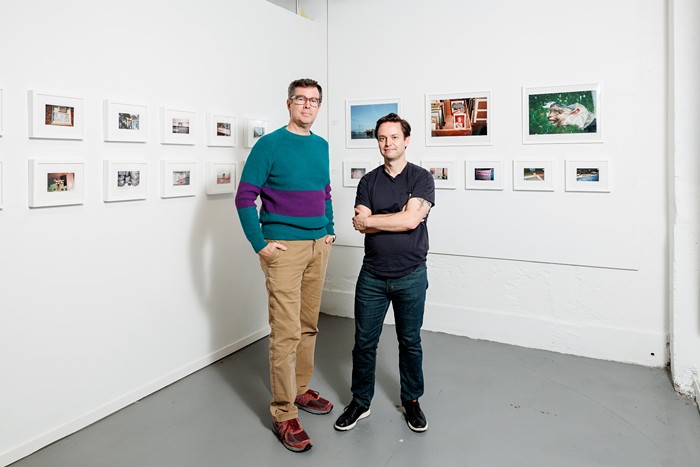This is a total compliment: The Frye Art Museum has become kinky. If ectoplasm began trailing out of the body of a visitor there, it would be less weird than some of the art we've witnessed in these rooms. Scenes of dead children on the dark walls (other decor: ruby-colored parlor furniture nobody sits on because it seems to contain ghosts already). Sexy female crucifixions. Witches burning at the stake. And now, bodies rigid in trances, telekinetically lifted bracelets, hypnotisms, stigmata, a lonely unmarked coffin. And this is just the old art—the paintings from back when Charles and Emma Frye were alive and buying a hundred years ago. The past is so kinky if you're doing it right.
The Fryes happened to dig (and now, we exhume) a bunch of German dudes who were painting around the turn of the 20th century, and who organized themselves into the loose group the Munich Secession. Idiosyncrasy was their main trait, or "a shared cachet of strangeness," writes Frye director/Secession student Jo-Anne Birnie Danzker. She herded these cats last year for a historical reconsideration at the Frye, and the strangest painting in that show, which is saying a lot, resembled the result of throwing food, shit, and blood. It depicted a witch tied to a stake with her legs on fire, her white face atop a crooked neck casting a demonic seizure on the crowd. It was by Albert von Keller, now the subject of Séance, an exhibition of 30 of his paintings from 1870 to World War I (borrowed from Kunsthaus Zürich, cocurated by Birnie Danzker and Swiss art historian Gian Casper Bott).
Von Keller is a forgotten Swiss-born painter who deserves the rescue. This show would benefit from being smaller and tighter, but his best pictures are fantastically odd. He paints the paranormal. In certain pictures, he treats every component differently: A dead body hovers in clear focus in the middle of a resurrection scene, surrounded by figures in various states of blurriness, as if the portrait were a collage of the capabilities of various photographic focal techniques (newly in exploration at the time). His figures might be lit from within, and they are typically either overpowered or blank. A young woman receiving the stigmata wears a clear expression of pre-panic, but a whoosh coming from her body renders everybody else faceless.
Von Keller witnessed an execution as a child, then the deaths of both his children and his wife. That's his story. The history: Late-19th-century fascination with the occult—in connecting ancient beliefs with advanced science, art, and psychiatry—is also a bourgeois response, "spiritualism as an armor against materialism," as Birnie Danzker describes it. Whatever the motives, the paintings are mnemonic. A handful of them will haunt you. ![]()

















